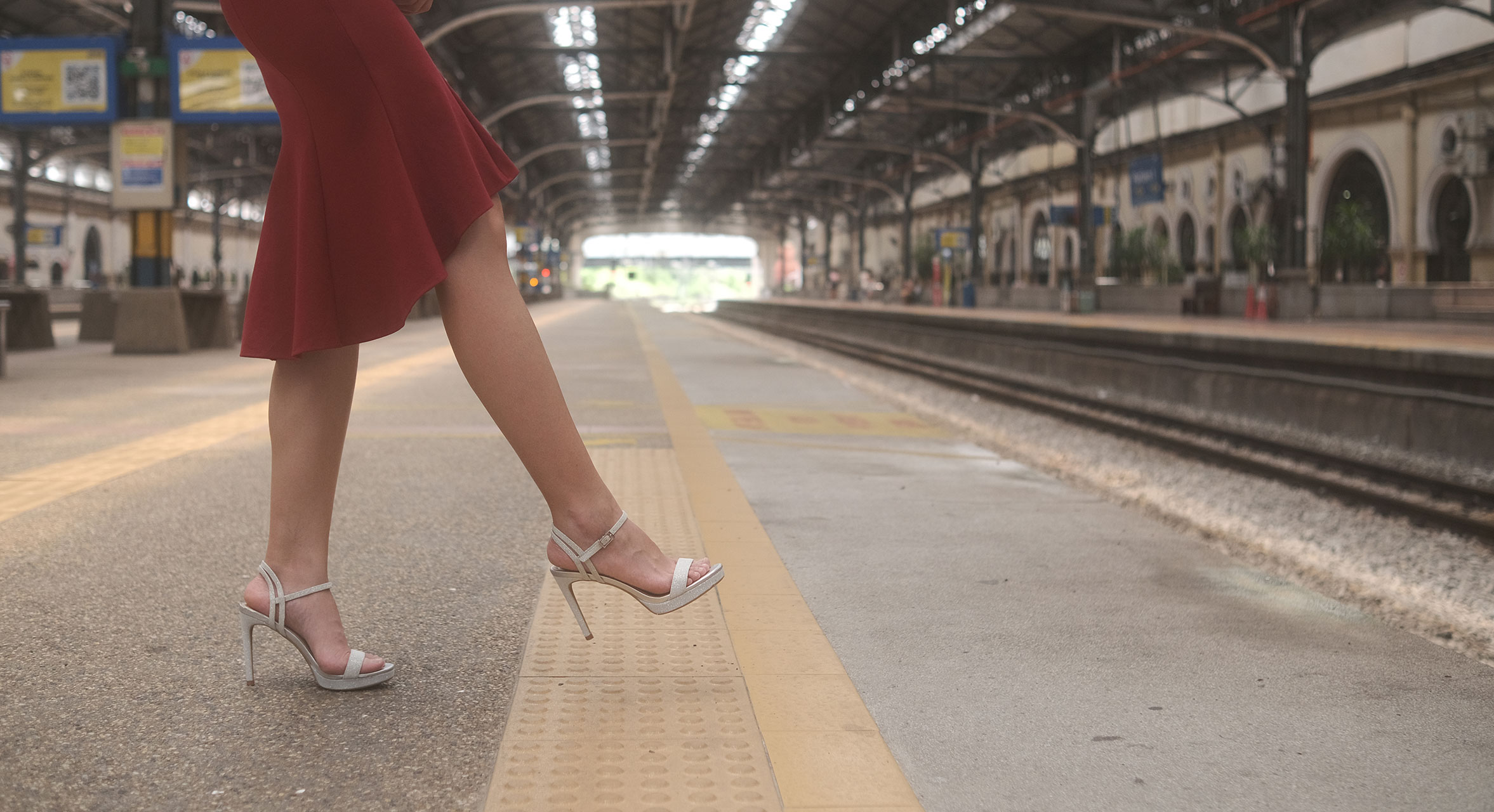Street photography is a dynamic and captivating genre that captures the essence of everyday life in urban environments. Composition is a crucial aspect of street photography, and one of the most effective techniques to enhance your street photography compositions is the Rule of Thirds. This simple yet powerful rule can transform your street photography from ordinary to extraordinary. Let’s dive into the world of the Rule of Thirds composition and discover some tips to elevate your street photography compositions.
In cinematography, the rule of thirds is a fundamental guideline used to compose visually appealing shots. By dividing the frame into a grid of nine equal parts using two horizontal lines and two vertical lines, filmmakers can strategically position elements of interest along these lines or at the points where they intersect. This technique helps create a more balanced, dynamic, and aesthetically pleasing composition.
Topics that we will be discussing in this section includes:
1. Understanding the Rule of Thirds
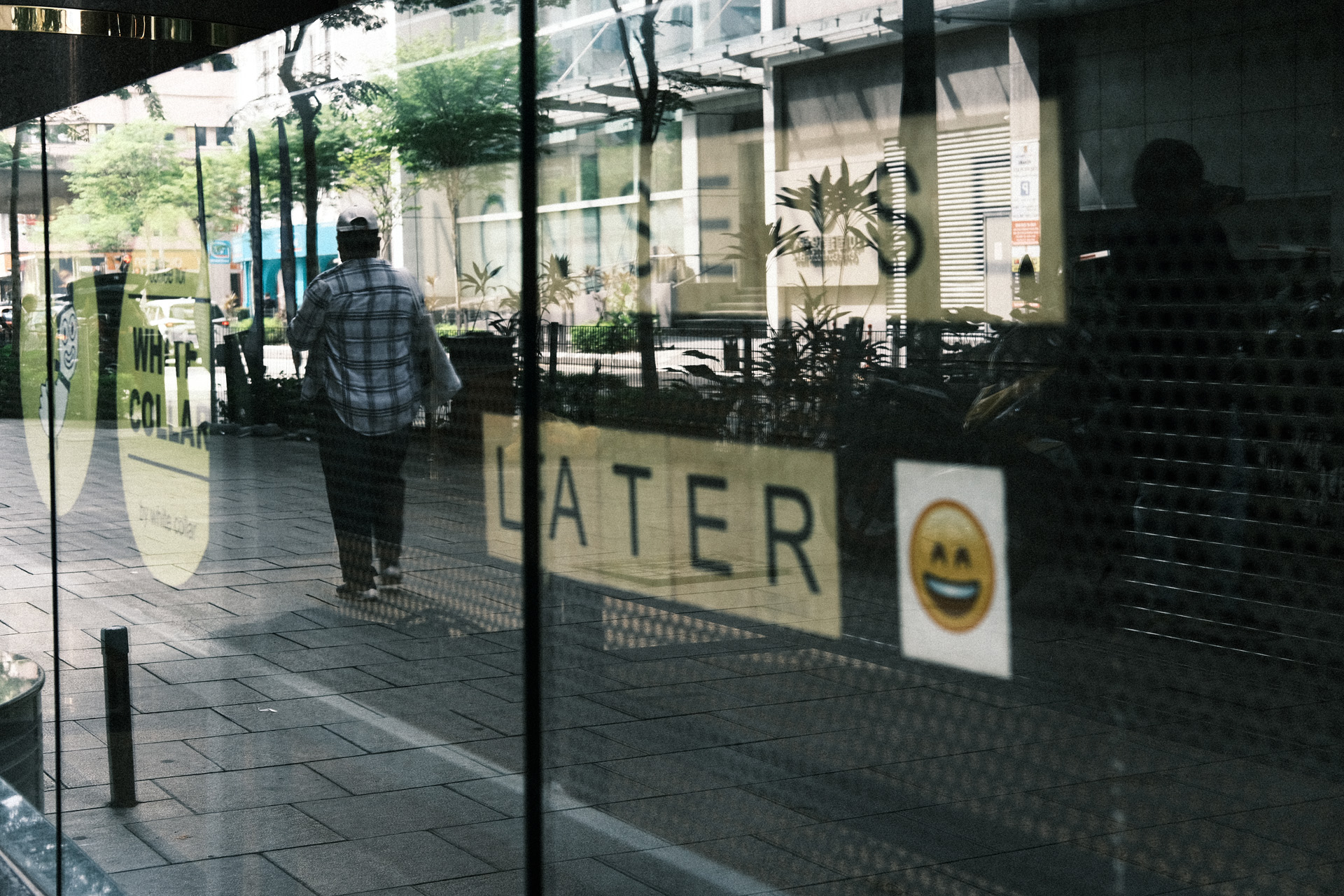
The Rule of Thirds is a foundational principle in photography and cinematography that enhances the composition and aesthetic appeal of images. It involves dividing the frame into nine equal parts using two horizontal and two vertical lines, spaced equally. The intersections of these lines, known as power points, are considered the most impactful areas of the frame.
By positioning the subject or main elements along these lines or at the intersections, the composition becomes more dynamic and engaging. This off-center placement often results in a more balanced and visually appealing image. The Rule of Thirds is versatile and can be applied to various types of photography, including landscapes and portraits, as well as in cinematography.
It serves as a guideline to create harmony and guide the viewer’s eye to the important parts of the scene. While it’s a helpful tool, it’s not a strict rule, and photographers can adjust the composition based on their artistic vision.

For example, in landscape photography, placing the horizon on one of the horizontal lines can create a more interesting shot, while in portrait photography, positioning the subject’s eyes at one of the power points can make the portrait more focused, as explained in the basic photography guide. The Rule of Thirds is a valuable guideline that helps create aesthetically pleasing and well-balanced compositions.
2. Applying the Rule of Thirds in Street Photography
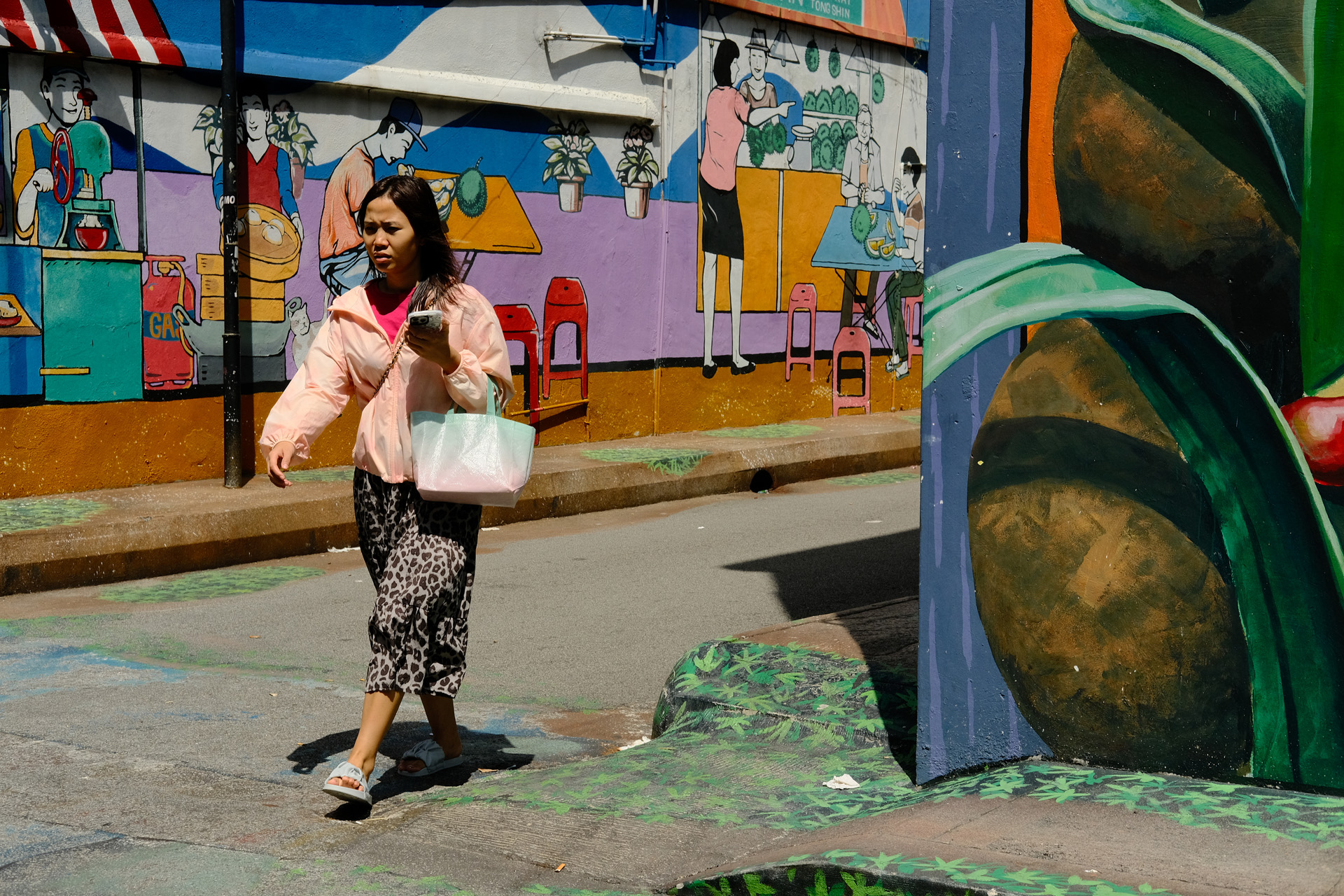
Positioning Your Subject: Place your main subject at one of the power points instead of the center of the frame. This creates a more dynamic and engaging composition. For example, if you’re capturing a street performer, position them at the intersection of the lines to draw the viewer’s attention.
Leading Lines: Use the grid lines as guides for leading lines in your composition. Streets, sidewalks, or architectural lines can guide the viewer’s eye towards your main subject, creating a sense of depth and direction.
Balancing the Frame: If you have multiple elements in your scene, use the Rule of Thirds to balance them. For instance, position a person on one power point and an interesting building or street art on the opposite side to maintain visual harmony.
Playing with Negative Space: Utilize the Rule of Thirds to create compelling compositions with negative space. Position your subject off-center and let the empty space occupy the rest of the frame, emphasizing the subject and creating a sense of openness.
Experiment with Angles: Don’t be afraid to tilt your camera and experiment with diagonal lines within the Rule of Thirds grid. This can add a dynamic and unconventional feel to your street photography.
3. Tips for Mastering the Rule of Thirds
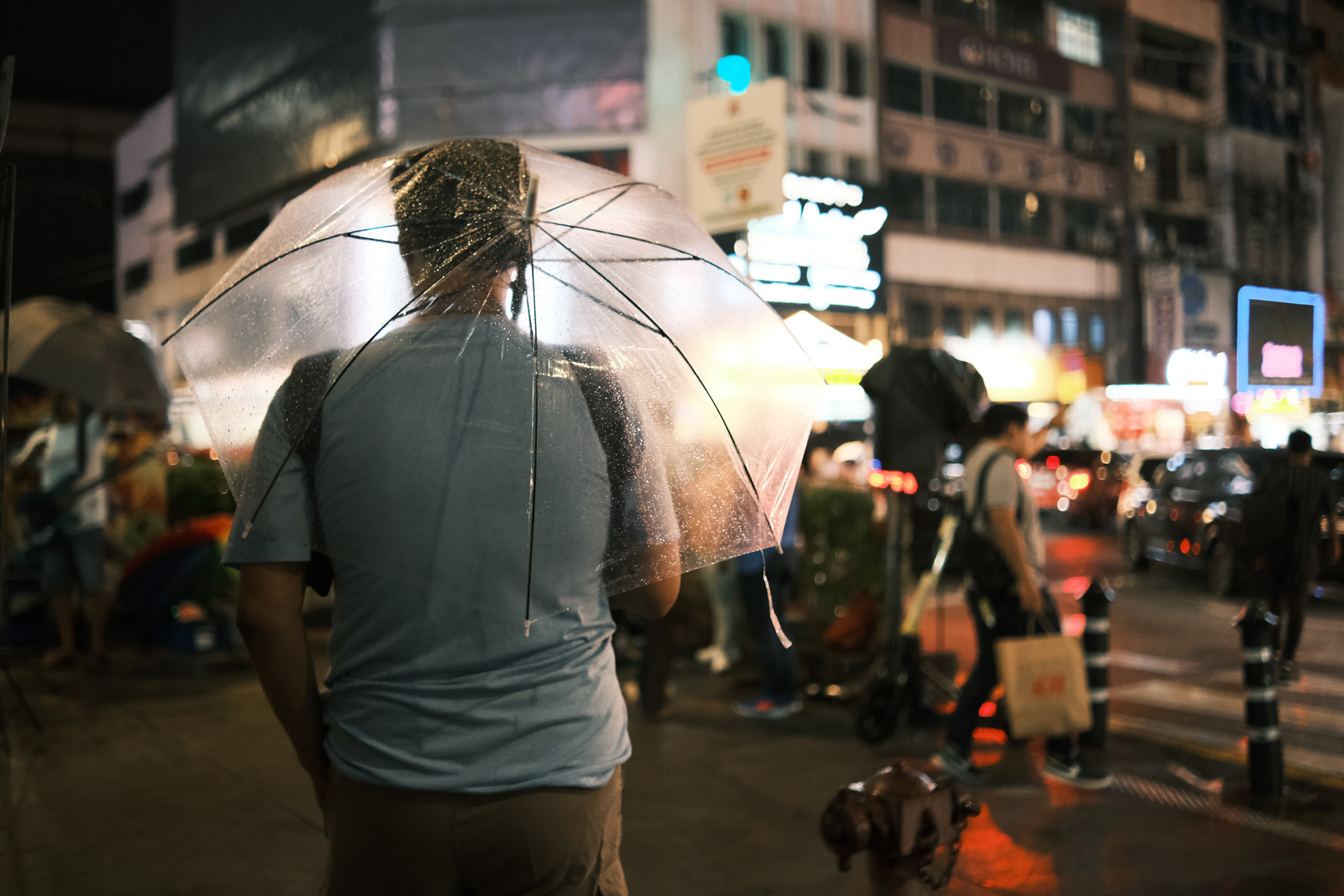
- Practice Makes Perfect: The more you practice using the Rule of Thirds, the more intuitive it will become. Keep experimenting with different compositions until it feels natural.
- Use Your Camera’s Grid Feature: Many cameras have a grid feature that overlays the Rule of Thirds lines on your viewfinder or LCD screen. Use this feature to help you compose your shots.
- Be Flexible: While the Rule of Thirds is a helpful guideline, don’t be afraid to break it when the situation calls for it. Sometimes, the most compelling images come from bending the rules.
- Observe and Learn: Study the work of renowned street photographers and notice how they use the Rule of Thirds in their compositions. This can provide valuable insights and inspiration for your own photography.
4. How The Rule of Thirds Helps In Street Photography Composition
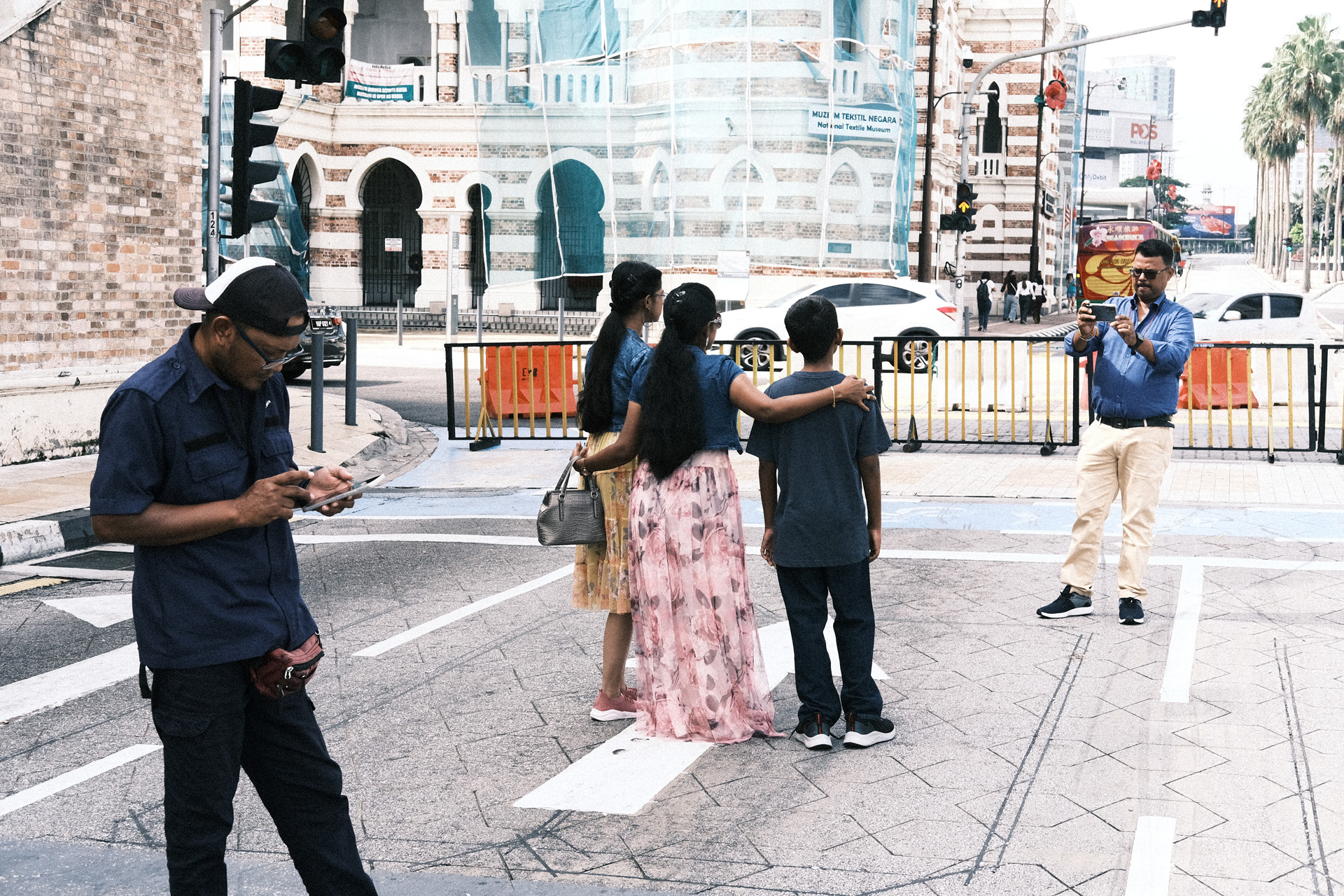
The rule of thirds is a fundamental principle in photography composition that helps create visually appealing and balanced images. In street photography, where scenes are often dynamic and unpredictable, applying the rule of thirds can help you capture compelling and well-structured shots. Here’s how it works:
Divide the Frame: Imagine your camera’s viewfinder or display is divided into nine equal parts by two equally spaced horizontal lines and two equally spaced vertical lines. These lines intersect at four points, known as the “power points.”
Place Subjects at Intersections: When composing your shot, try to position the main subject of your photograph at one of these power points. This placement tends to create a more aesthetically pleasing image than if the subject were centered.
Align Elements: Use the horizontal and vertical lines as guides to align elements within your scene. For example, you might align a horizon with one of the horizontal lines or a vertical element like a lamp post with one of the vertical lines.
Create Balance: The rule of thirds can also help you balance your composition. By placing points of interest along the lines or intersections, you can achieve a sense of harmony and equilibrium in your photo.
Add Depth and Interest: In street photography, you can use the rule of thirds to add depth and interest to your images. For example, you can place a person walking in the foreground at one of the power points, with an interesting background element aligned along one of the lines.
Experiment with Cropping: If you didn’t apply the rule of thirds while taking the shot, you can sometimes adjust the composition during post-processing by cropping the image to align with the rule of thirds.
It’s important to remember that the rule of thirds is a guideline, not a strict rule. There will be situations in street photography where breaking this rule can result in more dynamic or impactful images. Use the rule of thirds as a tool to enhance your compositions, but don’t be afraid to experiment and trust your creative instincts.
By incorporating the Rule of Thirds into your street photography, you can create more balanced, engaging, and visually appealing images. Remember, the key to great photography is not just following rules but understanding how to use them creatively to enhance your unique vision. So, grab your camera, hit the streets, and let the Rule of Thirds guide you to capturing the vibrant and dynamic world of urban life.
5. Camera Grid Line Setup
Fujifilm X Series cameras: To set up the Rule of Thirds gridlines in a Fujifilm camera, first power on the camera and press the “Menu/OK” button to enter the menu system. Navigate to the “Screen Set-Up” or “Display Custom Setting” menu, which might have a slightly different name depending on the camera model. Look for an option called “Grid Line” and select it.
Within the grid line options, choose the one that divides the screen into thirds both horizontally and vertically, representing the Rule of Thirds grid. Confirm your selection and exit the menu. The Rule of Thirds gridlines should now be visible on your camera’s display when composing a shot. If you encounter any difficulties, refer to your camera’s user manual for model-specific instructions.
Sony Alpha Series: To set up grid lines in a Sony Alpha (A) series camera, start by turning on the camera and pressing the “Menu” button to access the menu system. Navigate to the “Setup” menu, typically represented by a toolbox icon, and select “Display Settings” or “Disp. Cont. Shooting Info.” Look for the “Grid Line” option and select it.
Within the grid line options, choose the one that divides the screen into thirds both horizontally and vertically, which is suitable for the Rule of Thirds. Confirm your selection and exit the menu.
Nikon Z Series: To set up grid lines in a Nikon Z series camera, first turn on the camera and press the “Menu” button to access the menu system. Navigate to the “Custom Setting Menu,” typically represented by a pencil icon, and select the “Shooting/Display” option. Look for an option called “Viewfinder Grid Display” or “Grid Display” and select it.
Choose the “On” option to enable grid lines in the viewfinder and/or the monitor. Confirm your selection and exit the menu. The grid lines should now be visible in your camera’s viewfinder or monitor when composing a shot.
Canon cameras: To set up grid lines in a Canon camera, start by turning on the camera and pressing the “Menu” button to access the menu system. Navigate to the “Display Settings” or a similar option, which might be located under the “Shooting” or “Setup” menu, depending on your camera model.
Look for an option called “Grid Display,” “Viewfinder Grid,” or something similar, and select it. Within the grid line options, choose the one that suits your needs. For the Rule of Thirds, select the option that divides the screen into thirds both horizontally and vertically. Confirm your selection and exit the menu.
6. Conclusion: Fundamental Technique To Enhance Your Photography
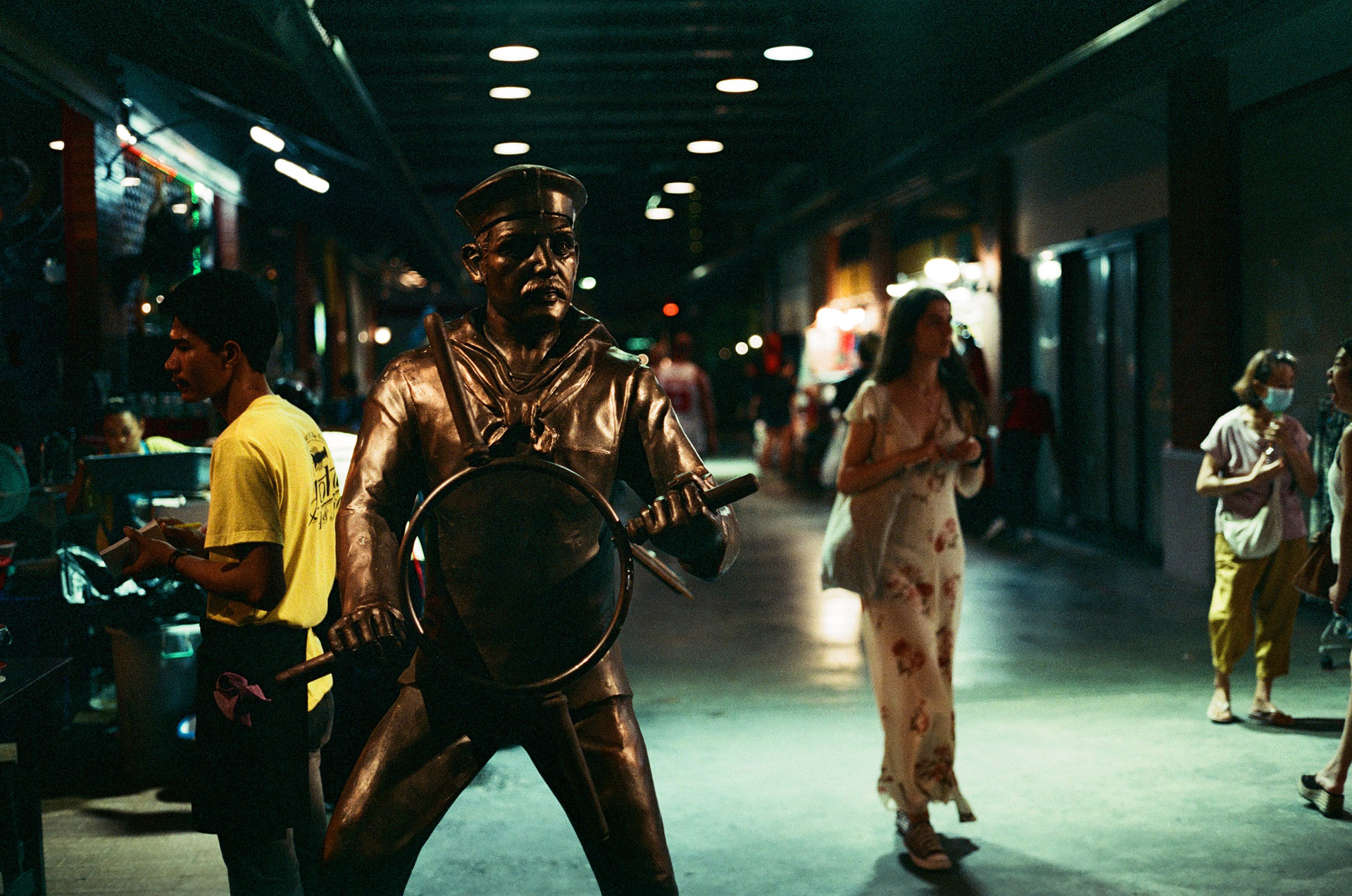
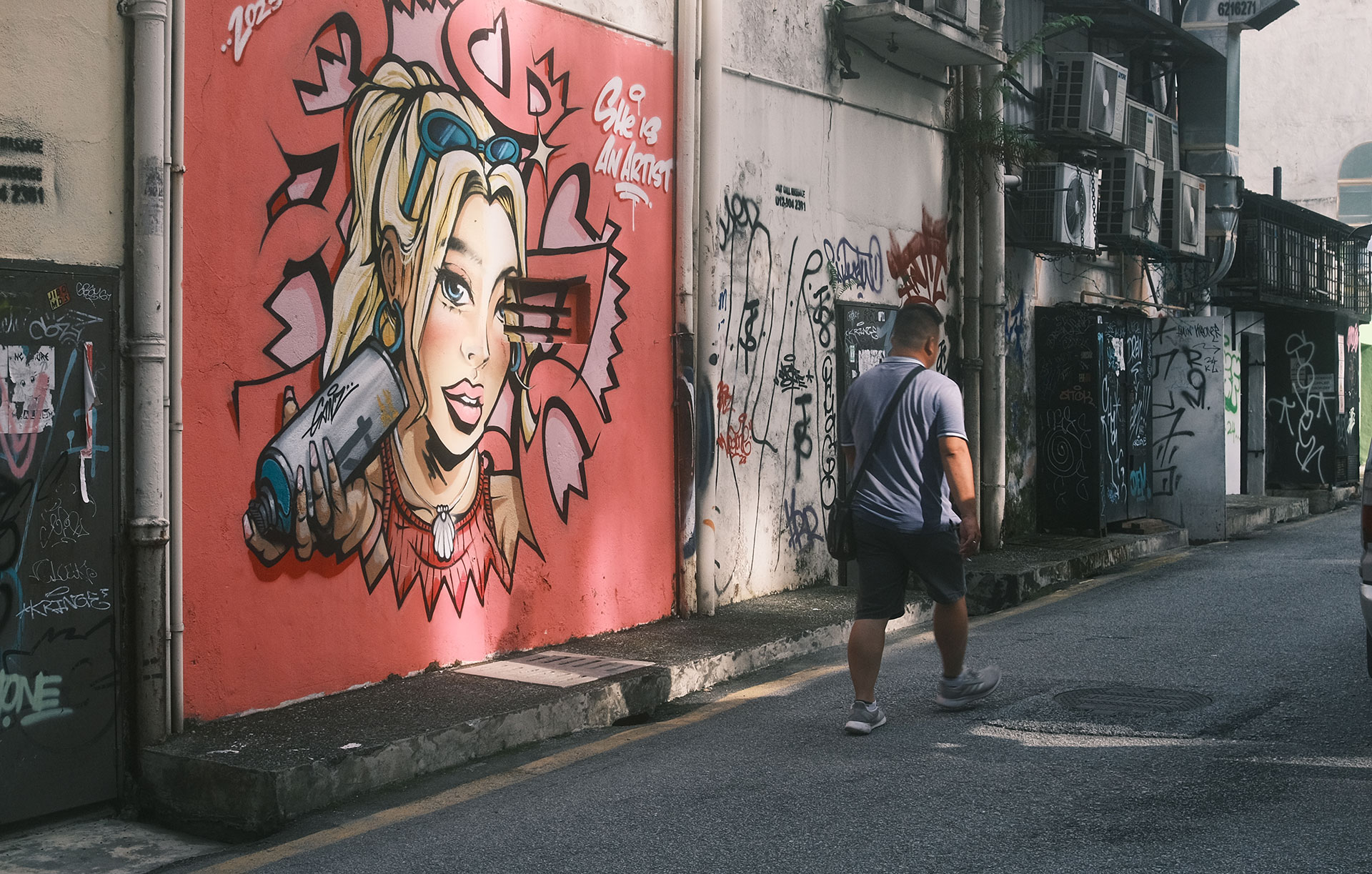
Do you incorporate the Rule of Thirds in your photography compositions? This fundamental photography technique can significantly enhance your portraits, street scenes, and landscapes, lending a cinematic quality to your images. I trust that this straightforward guide to street composition proves beneficial, aiding you in capturing more compelling shots during your urban photography ventures.
After mastering this basic framing concept, you can confidently advance to more complex compositions in street photography, further refining your visual storytelling skills.


